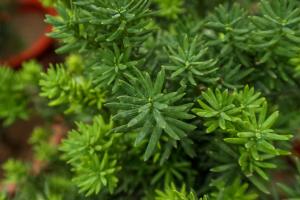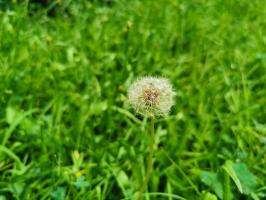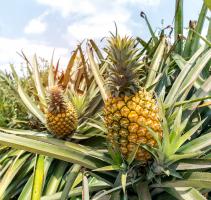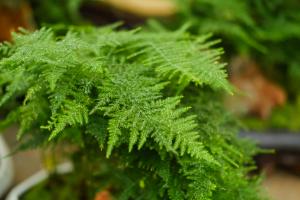How to Plant Hybrid Poplar Trees
Hybrid poplar trees are fast-growing trees that can reach a height of 40 to 50 feet in just a few years. They are great additions to any landscape, providing shade and privacy, and can also be used for biomass fuel, pulp and paper production, and other industrial uses. If you're interested in planting hybrid poplar trees, follow these steps:
Site selection
The first step in planting hybrid poplar trees is site selection. Hybrid poplar trees like moist, well-drained soils with medium to high fertility. They prefer full sun but can also tolerate partial shade. It's important to avoid areas with standing water, as hybrid poplar trees are susceptible to root rot. Look for a location with good air circulation to reduce the risk of disease.
Preparation of the planting site
Prepare the planting site by clearing the area of any weeds, rocks, or debris. Hybrid poplar trees require a lot of space, so make sure there is enough room for the trees to grow. Dig a hole that is twice the size of the root ball and deep enough for the tree to sit at the same level as it was in the nursery container. Mix compost or well-aged manure with the soil to improve soil fertility and drainage.
Planting the tree
Plant the hybrid poplar tree in the prepared hole, backfilling with soil and compost, making sure the tree is at the same level it was in the nursery container. Tamp down the soil to remove any air pockets and water the tree to help settle the soil. Mulch around the base of the tree with wood chips or straw to help retain moisture and suppress weeds.
Care and maintenance
Hybrid poplar trees require regular watering during the first year to establish a strong root system. They also benefit from fertilization in the spring with a balanced fertilizer, such as a 10-10-10 or similar. Pruning is not necessary for hybrid poplar trees, but you may want to remove any dead or damaged branches.
Conclusion
Planting hybrid poplar trees can provide many benefits, but it's important to choose the right location, prepare the site properly, and provide adequate care and maintenance. With some effort, these fast-growing trees can help make your landscape more beautiful and productive.

 how many times do yo...
how many times do yo... how many planted tre...
how many planted tre... how many pine trees ...
how many pine trees ... how many pecan trees...
how many pecan trees... how many plants comp...
how many plants comp... how many plants can ...
how many plants can ... how many plants and ...
how many plants and ... how many pepper plan...
how many pepper plan...
































